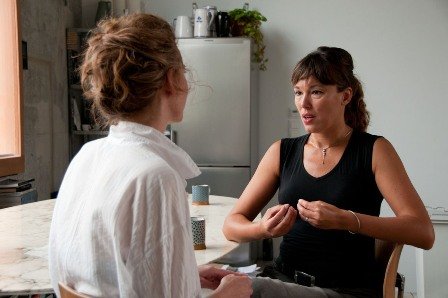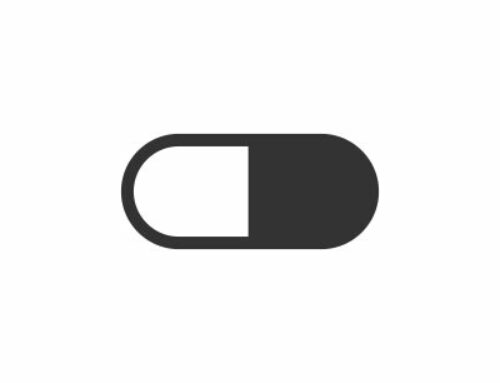 Recently, Helen Lindop (from BusinesPlusBaby) and I talked about realities of female fertility and getting pregnant over the age of thirty-five.
Recently, Helen Lindop (from BusinesPlusBaby) and I talked about realities of female fertility and getting pregnant over the age of thirty-five.
What is it that women should do better?
Do we sufficiently understand the mechanics of our fertility cycles and biological clocks?
Here is how the conversation went:
Helen: Can a woman do anything to improve her fertility after the age of 35? And why do some doctors say the fertility of a women works as a clock, set to expire at some point?
That’s an old dogma and an outdated view on looking at female fertility. Thanks to recent advances and the past 20 years of research in reproductive medicine, we now understand ovaries and egg health much better.
The fact is, women of any age who wish to conceive should take the initiative and face their own, individual pre-conception issues. This means, instead of ignoring the environment in which a conception takes place, women who wish to conceive should undertake steps to make their bodies more baby-friendly.
A new way of looking at female fertility tells us that the time window before conception may be the most important one for the future health of the child.
In other words, the lifestyle of a woman, the diet she eats, whether she smokes or not, her supplements, exercise, and several other factors clearly impact the friendliness of her uterus towards growing a baby, the levels of energy available at the moment of the conception, and the capability to build a healthy embryo and baby.
This is good news, because it means the power goes back to women. Women are not helpless puppets with eggs that have an expiration date marked on them. Our understanding of female fertility has gone a long way and today you’ll hear many top fertility doctors saying that lifestyle interventions often work better than fertility treatments.
Helen: So you’re saying that young women can decide to lead a fertility-friendly life and it’s up to them to decide and adopt the interventions which will support them in becoming the mothers and women they wish to be?
It’s important to understand that lifestyle interventions which specifically improve fertility bring results in most women, but not in all. In other words, there is no magic pill or a magic diet which works for all; lifestyle interventions should be individually adjusted to best support the fertility journey of each particular woman.
Female fertility is a continuum and changes over time. What works for a 25-year-old woman in a seemingly effortless way, might take time and investment in women who are 10-15 years older, and may not work at all in women whose fertility window has closed.
It’s a fact of life that women are born with all the eggs they will ever have and that a single most important factor determining egg quality in a woman is her age. This reality will not change any time soon. As women get older, both the quantity and quality of their eggs decline. This begins in a woman’s early 30s and becomes exponential in her early 40s.
Luckily, there are simple lifestyle interventions which can easily be implemented by all women who wish to capitalize on their remaining fertility and maximize their ovarian and egg health.
Helen: Which steps should a young women undertake to best support her fertility? What is a fertility-friendly lifestyle?
As I advocate all over my blog, women should better understand their ovarian reserve, starting with how many eggs they have, how their fertile potential changes over time, and perhaps most importantly, which small lifestyle interventions that are scientifically proven to have a positive impact on female fertility can easily be implemented into their daily lives. This boils down to introducing small changes in one’s diet, drinking behaviour, supplements, and exercise.
Another thing you may want to consider before giving birth: Storing your baby’s stem cells.
Taken from a baby’s umbilical cord shortly after birth, it’s a source of stem cells that can be used in the future to treat various of disorders, mostly blood diseases like leukemia, lymphoma and anemia. Parents have the option to discard the umbilical cord with stem cells, donate it for research purposes, or bank the stem cells. For more information please see this wonderful vidio made by Smart Cells.
Storing stem cells is still expensive, but if you have a family history of blood diseases on your or your partner’s side, or if you’re generally planning for your baby’s future, storing stem cells might be something worth considering.
Helen: Are there other easy lifestyle interventions and shortcuts that women should follow to avoid facing infertility at any point in life?
Definitely. They are certainly less obvious then adapting small changes to one’s diet or drinking habits, but still very easy to understand and follow.
For example, women who wish to conceive should not be shy to take the initiative and find out the status of their ovarian reserve. Especially if they’re over 35, they should not wait longer than six months before having a few tests done.
I’m often amazed how many women don’t know the difference between a gynecologist and a reproductive endocrinologist, or which hormones they should check and why.
Another obvious thing which surprises many, is when I ask about the fertility history of their mothers. Ladies, talk to your moms! Ask them if there were any unusual fertility stories in your family. How was her diet while she was pregnant with you? Was she exposed to any extreme life circumstances, like radiation or severe stress? Did she smoke at that time? All this could affect your ovarian reserve and your egg quality.
Ask your mom at which age she entered menopause. If your mom entered menopause very early, such as her early 40s like mine did, it could mean your own eggs are disappearing twice as fast as in women whose mothers went into menopause late, as found in this recent study.
Another easy to implement habit is to know your fertility window with certainty. Whether a woman is trying to get pregnant or trying to avoid it, this is a very important piece of information.
Female fertility is made in a way that pregnancy is possible on only one single day in a month. So there is no way to overestimate the importance of women not missing this window of opportunity. For some women, determining ovulation means using simple LH-strips, which I personally find to be the greatest and simplest method and enables women to pin their ovulation to within several hours.
There are several other methods, but whatever you do, avoid fertility apps, similar technological, and medical over-kills. These things are helpful only to those who are earning money from them and have nothing to do with women connecting to their bodies and maximizing their natural fertility.
Darja Wagner, PhD is a scientist specializing in vitamins and hormones. She is the author of the blog All About Egg Health, where she addresses fertility and getting pregnant for women of advanced reproductive age. In her one-on-one coaching sessions, she helps women apply the latest advances in reproductive biology to maximize their egg quality for higher chances of conception, either naturally or by means of assisted reproductive technologies. Her e-book How to Improve Egg Quality: The Smart Way to Get Pregnant is #1 on Amazon in the Reproductive Health category. She lives in Berlin with her husband and two sons.






